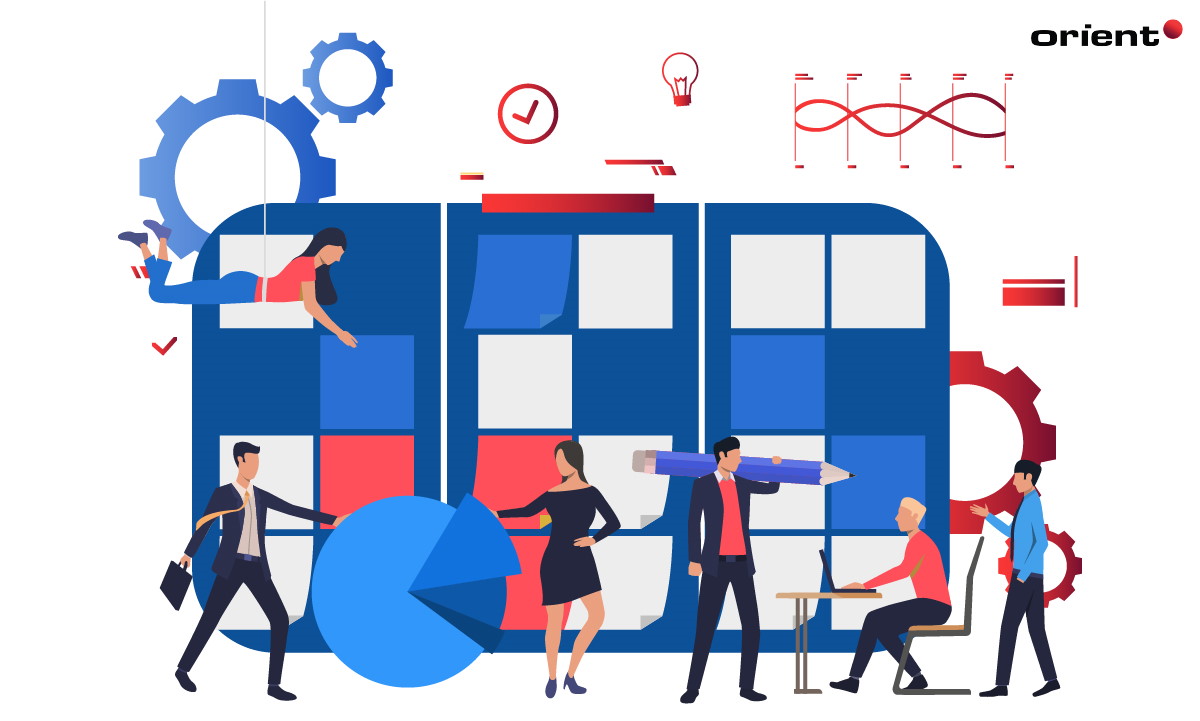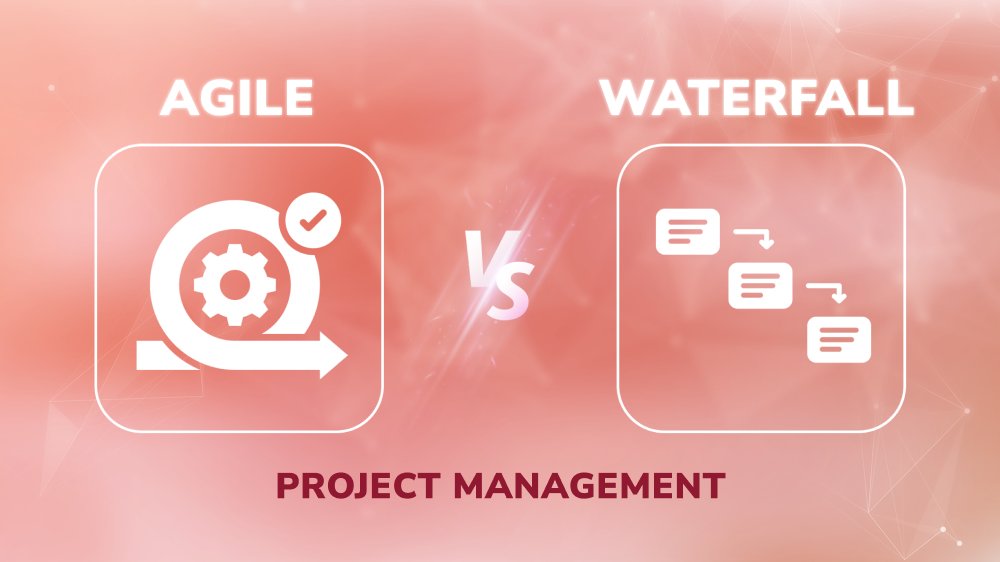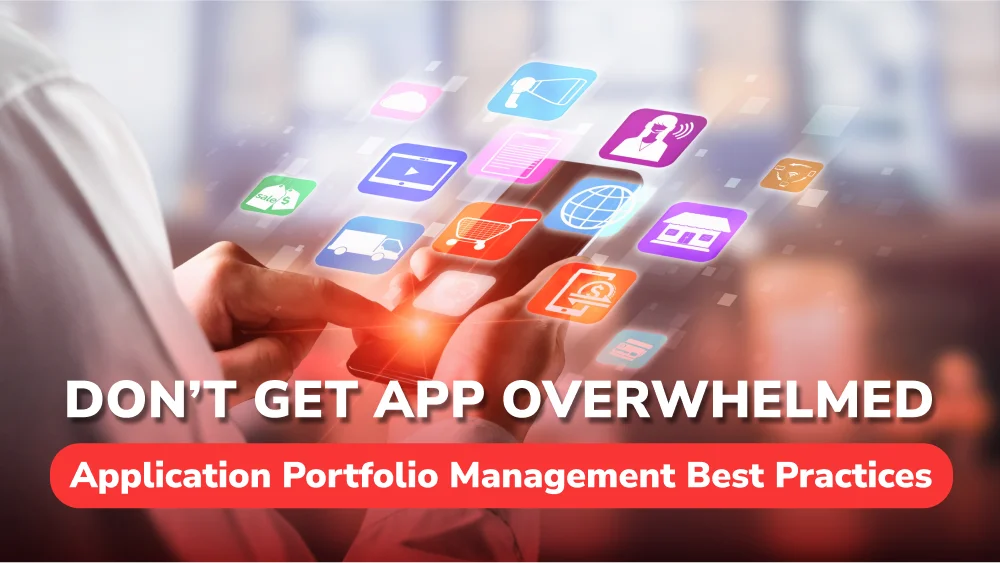What Is a Software Development Methodology? - A Quick Tour to All the Prevalent Types

Content Map
More chaptersWhether it is in-house or software development outsourcing, picking the right methodology for your project is significantly important. In this list, we are going to take you on a quick tour of the common software development methodologies as well as give you some clues on how to choose the right one for your software projects. Let’s get started.
What Is a Software Development Methodology?
At its essence, a software development or software engineering methodology is a set of principles and techniques used to guide the entire software development life cycle toward the successful completion of projects. It typically encompasses a number of steps and stages, such as requirements gathering, prototyping, design, coding, testing, deployment, and maintenance. Each step is designed to ensure the software works correctly and meets the end user’s needs.
All the Popular Software Development Methodologies
Regarding project management, there are many different software development methodologies to consider. Depending on each approach you pick, the stages and tasks involved in the software development process will differ accordingly. Indeed, it is hard to decide between one and another, and there will be no one-size-fits-all approach for every business or project.
Waterfall Development Methodology
This is the traditional software development method and follows a sequential process. Waterfall involves the creation of software in stages, with each stage concluded before moving to the next. This is a rigid linear model that progresses downward like a waterfall, hence its name. In Waterfall methodology, software developers have no worry about the overlapping of work between one stage and another. The Waterfall development method does not suit complex projects; it is the best for the one that has a clear scope, is relatively simple, and does not require many changes.
Agile Software Development Methodology
This approach enables development teams to design a disciplined software management process that is able to quickly adapt and respond to changes in technology or requirements. Agile focuses on iterative deliverables, customer collaboration, and continuous delivery — all of which are designed to make the development process more efficient by allowing for quick changes and adaptations as needed.
Compared to other software development methodologies, Agile is a much more flexible and adaptive approach, which is the reason why it is becoming increasingly popular and widely adopted by most software development projects.
Scrum Methodology
Scrum is a subset of the Agile development methodology that emphasizes collaboration and encourages cross-functional teams to work together in order to complete tasks. This iterative approach is based on the concept of “sprints,” which are short cycles of work that last no longer than a month. During each sprint, tasks are identified, prioritized, and assigned to members of the development team. This approach allows teams to adjust priorities quickly as needed throughout the software development processes.
Kanban Methodology
This is an alternative approach to Scrum and Agile methodology, where tasks are visually divided into columns. It is used to manage the software development workflow and streamline processes in order to optimize delivery times. Kanban boards are pretty popular among software development teams as they provide better visibility into what needs to be done at any given time.
DevOps Methodology
This is a combination of software development and operations, with the goal of facilitating seamless collaboration between development and operations teams. DevOps puts an emphasis on the automation of processes in order to speed up delivery times. Setting up continuous integration (CI) pipelines allows developers to quickly identify issues, fix them faster and deploy code more efficiently. There is a practice evolving from the DevOps approach, which is known as DevSecOps. While the focus of DevOps is on efficiency, DevSecOps focuses on ensuring security and compliance.
Spiral Model
The Spiral combines the features of both Waterfall and Agile. This model is a systematic approach to managing risks that involves multiple iterations. Rather than focusing on completing one stage at a time, the Spiral model enables software developers to iterate through different stages in parallel as needed. Due to the level of risk associated with each stage, the software development process will continue or halt. This model is particularly helpful for projects that require a high degree of risk management and flexibility in terms of delivery times.
Rapid Application Development (RAD)
Rapid Application Development is an approach that enables teams to deliver software quickly while still adhering to quality standards. This approach focuses on building a prototype or minimum viable product (MVP) of the application in order to get customer feedback and then iterate accordingly. This helps developers gain insights into customer needs and allows them to quickly adjust their product accordingly. This approach encourages a more flexible and adaptive approach, which is the reason why it is becoming increasingly popular and widely adopted by most software development projects. By taking advantage of RAD techniques, teams can achieve faster deployment times while still ensuring quality delivery.
Dynamic System Development Methodology
The Dynamic Systems model is an Agile process model that combines the best elements of Waterfall, iterative, and incremental methods. It prioritizes customer satisfaction as one of its primary objectives and ensures timely delivery with iterative processes. This method also places a premium on communication between all stakeholders in order to ensure better collaboration and faster delivery. It is also great for projects that require frequent changes, as it enables the software development team to constantly evaluate their progress and quickly adjust their product according to customer feedback.
Lean Software Development Methodology
As its namesake, a Lean development method is a customer-centric approach to software development projects which concentrates on the importance of delivering value. This method allows teams to pay more attention to customer needs and use their feedback to optimize their process throughout the product development cycle. Additionally, it aims at minimizing waste in order to increase efficiency and streamline processes. By taking advantage of lean principles, development teams can prioritize what matters most and deliver value to their customers in a shorter timeframe.
Prototype Methodology
In this software development approach, a prototype - a working version of the software with basic functionality - is created and tested before the actual development process begins. This allows developers to get an understanding of the software requirements, identify potential issues early on, and adjust their approach accordingly. By using the prototype methodology, developers can quickly assess user feedback and incorporate changes as needed without having to start over from scratch. This helps them deliver high-quality software in a shorter timeframe. Additionally, it helps to reduce risks associated with the development process and improve customer satisfaction.
Extreme Programming
XP, or Extreme Programming, is an agile software development methodology that focuses on code quality, rapid iteration, and continuous feedback. XP employs the concept of pair programming - two developers working together to complete a task - in order to create high-quality code quickly and efficiently. Additionally, this approach emphasizes the importance of testing and documentation throughout the development process in order to secure software quality.
Feature-driven Development
Feature-driven development (FDD) is an approach that is based on Agile principles and focuses on iterative delivery. This approach breaks the software development process into small, manageable chunks. The development team starts by creating a feature list and then goes on to develop the software in small increments.
Joint Application Development
Joint Application Development (JAD) is an approach that involves all stakeholders in designing and developing software. By bringing together end-users, developers, and project managers to discuss ideas and reach a consensus on product features, the JAD methodology helps to foster collaboration that will be beneficial for the entire development process of software projects. It helps the software development team explore different solutions during the early stages of the project, which can help reduce risks and ensure successful delivery.
Rational Unified Process
RUP is a software development process that aims to develop and deliver high-quality products through teamwork and iterative development. RUP uses a series of documented processes, models, and development tools to guide the development of software over its life cycle. The process has four activities: inception, elaboration, construction, and transition. It also includes six workflows: requirements, analysis and design, implementation, test, deployment, and project management. This method is iterative, and it allows teams to plan, build, and test software in short cycles. Additionally, it integrates quality assurance activities into the development process to ensure that the product meets customer requirements.
In brief, we have run through a series of common software development methodologies. It is vital to note that the selection of approaches will depend heavily on the project requirements, team size, skills, timeline, budget, and objectives. Different development teams may find that different methodologies are better suited to their projects. So, the decision on which one is the right software development methodology is now in your hand.







